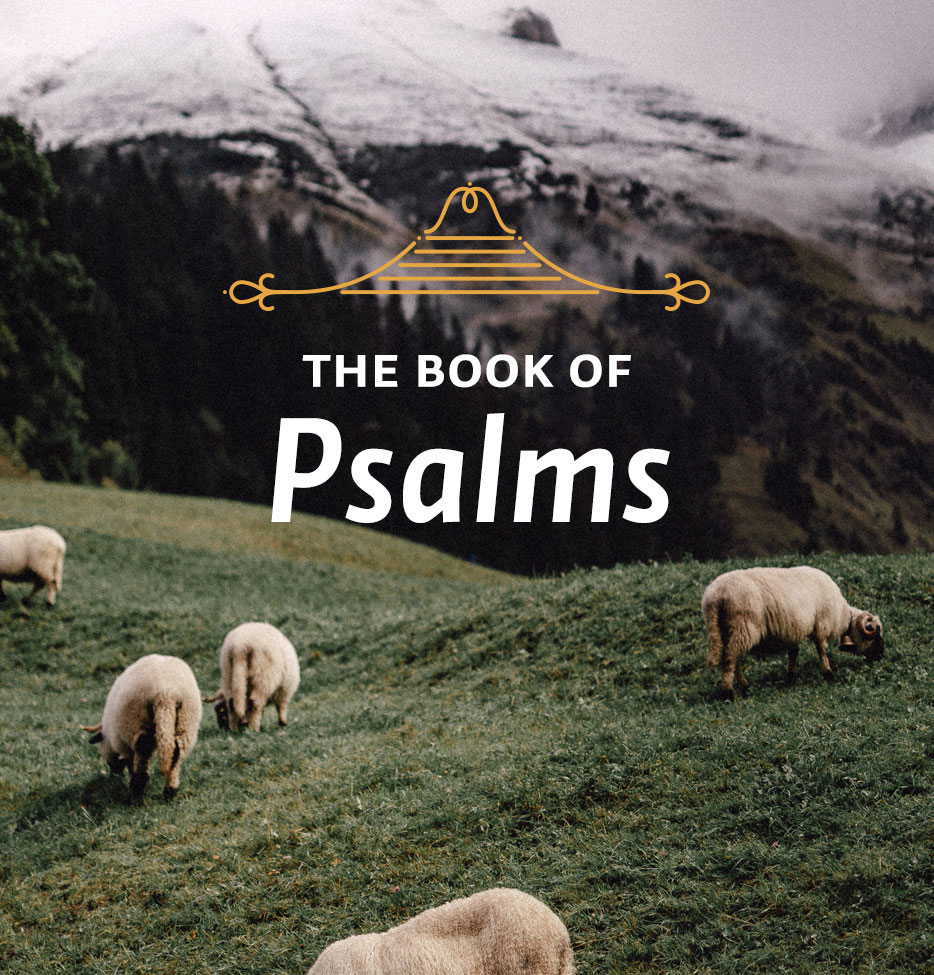Theme: Images of Trouble
In this week’s lessons, we are reminded of the many ways God shows his protective care, and of our privilege to praise him for his goodness.
Scripture: Psalm 124:1-8
As we concluded yesterday’s study, we noted that while some see these words as a psalm sung by David’s armies as they returned to Jerusalem after their victory over the armies of Absalom, others see them as a song of thanksgiving composed after the deliverance of the Jews from Haman in the days of Queen Esther. Yet there is something else that needs to be noticed here and should not be taken lightly. It is the title line, which identifies the psalm as a song “of David.”
This ascription is somewhat uncertain because it is omitted by the Septuagint and even by some Hebrew manuscripts. However, if the psalm is by David, then we know something about the threat from these enemies. They were the Philistines, and they came very close to swallowing the young Jewish state alive, engulfing it and sweeping it away, which is what the psalm describes (vv. 3-5). The Philistines had defeated Saul and his armies. Saul and his son Jonathan had been killed. Now the Philistines set out to capture David, spreading out in large numbers in the Valley of Rephaim (see 2 Samuel 5:17-25). Derek Kidner thinks Psalm 124 is a psalm of David and reflects on how serious a danger this attack by the Philistines was.1
It is easy to see how a psalm reflecting on God’s protection from the early days of Israel’s national history might be incorporated into the songs pilgrims sang on their way to Jerusalem, which David had made his capital. It would be a way of saying, “The God we are going to Jerusalem to worship is a very great God indeed.”
Psalm 124 is a beautiful and moving psalm, and the chief reason is the power of the images that occur here one upon another. There are six of them. Most occur in the poem’s first half, which asks the question: “What if?” What would our fate have been “if the LORD had not been on our side”? Indeed—let Israel say it—“What would our fate have been?”
1. An animal swallowing its prey (v. 3). The first image that occurs to the psalmist is that of an animal swallowing its prey. We would have been like that, he says. The enemy was fierce. If God had not intervened, we would have been devoured by that fierce foe. In Israel’s time the foe could have been any of a number of nations, including the Philistines that were such a threat to David—or even the Babylonians. But can we read this psalm without thinking of our great enemy, the devil, who “prowls around like a roaring lion looking for someone to devour” (1 Peter 5:8)? Surely, we say, if the Lord had not been on our side, the devil would have swallowed us up.
2. A flood submerging its victims (v. 4). The second image is of a flood engulfing its victims, an image elaborated upon several ways in verses 4 and 5. This is a frequent figure in the Old Testament for sudden life-threatening dangers (see Pss. 32:6; 66:12; 69:1-2; 144:7; Isa. 8:7-8; 28:17; 43:2; Lam. 3:54), and with good reason. In the dry, rugged mountains of central Palestine the cracks and gullies of the hills are all connected so that any rain falling on the hard-baked soil quickly runs off and is collected into wadis where it can rise to dangerous heights in just a few minutes. Jesus was thinking of a situation like this when he warned his hearers against building their spiritual life-houses on sand. “The rain came down, the streams rose, and the winds blew and beat against that house, and it fell with a great crash” (Matt. 7:27).
Surely, if the Lord had not been on our side to provide us with a solid foundation for the building of our lives, we would have been engulfed many times before this by life’s quick and unexpected tragedies. Are you building on Jesus, who is himself the rock? Will you survive when troubles come?
1Derek Kidner, Psalms 73-150: A Commentary on Books III-V of the Psalms (Leicester, England, and Downers Grove, IL: InterVarsity, 1975), p. 436.
Study Questions:
What is the title line to this psalm? How does this affect your understanding of the psalmist’s enemies?
What does Dr. Boice assert is the background for this psalm?
How does this psalm fit as a psalm of ascent?
What are the first two images in answer to the question, “What if?”
Reflection: What are you building your life on? Is it solid biblical truth or the ideas of this world?
Dictionary: Septuagint: the oldest Greek version of the Old Testament
For Further Study: For another look at God’s faithfulness in the midst of difficulties, download and listen for free to James Boice’s message, “Through Many Dangers, Toils, and Snares.” (Discount will be applied at checkout.)






